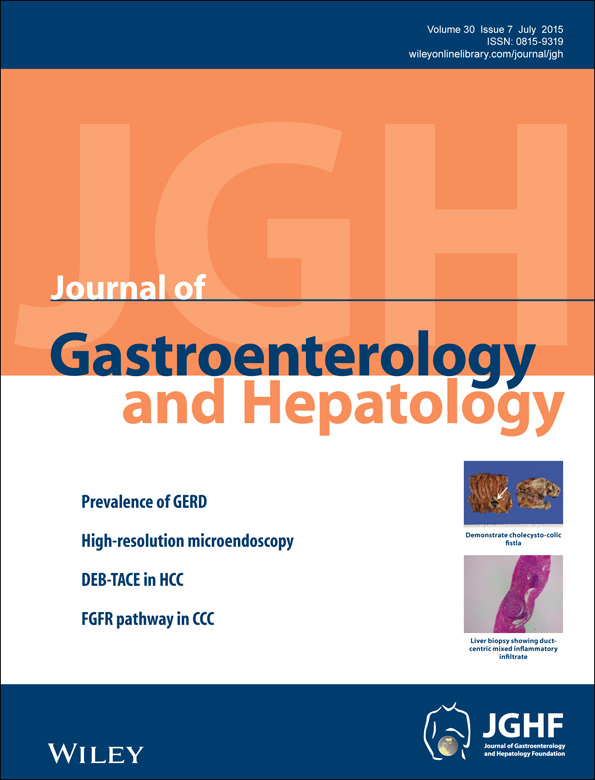Ideal colonoscopic surveillance intervals to reduce incidence of advanced adenoma and colorectal cancer
Abstract
Background and Aims
There is limited information about the interplay between multiple risk factors contributing to the risk of advanced neoplasia. We determined the actual risk for advanced neoplasia in relation to lapsed time between colonoscopies in people enrolled in a structured surveillance program. This risk information can be used to guide the selection of optimal surveillance intervals.
Methods
Patients were recruited into programs at two major tertiary hospitals, with a personal or family history of advanced neoplasia. Five thousand one hundred forty-one patients had an index and one or more surveillance colonoscopies. Fifty-one percent had a family history of colorectal neoplasia while the remainder had a personal history.
Results
Patients with an immediately prior colonoscopy result (prior result) of advanced adenoma had a risk for advanced neoplasia 7.1 times greater than those with a normal prior result. Cancer as a prior result did not confer a greater risk than either a hyperplastic polyp or a nonadvanced adenoma. Being female reduced risk, age increased risk. Only a family history of a first-degree relative diagnosed under 55, or definite or suspected hereditary nonpolyposis colorectal cancer (HNPCC) conferred an increased risk over a personal history of advanced neoplasia.
Conclusions
Most family history categories did not confer excess risk above personal history of advanced neoplasia. A prior cancer poses less of a risk than a prior advanced adenoma. Based on our models, a person with an advanced adenoma should be scheduled for colonoscopy at 3 years, corresponding to a 15% risk of advanced neoplasia for a male aged under 56. Guidelines should be updated that uses a 15% risk as a benchmark for calculating surveillance intervals.




